If your lead guitar playing is based solely around scales, then you might be missing out on some great sounds that will add interest and originality to your solos. By incorporating guitar arpeggios into your improvisation you will have a means of creating melodic lines that are guaranteed to fit over the chord sequence that you are following.
What Are Arpeggios?
Arpeggios are also known as 'broken chords', and that is exactly what they are – chords that have been broken into their constituent notes. A C major chord contains the notes C, E and G. When these three notes are played together they create a C major chord. If played separately, one after the other, they become a C major arpeggio.
Likewise, a C minor chord contains the notes C, Eb and G. When they are played separately, one after the other, these notes produce a C minor arpeggio.
[ad name="Google Adsense Lge Rec"]
Three-note major and minor triads make simple arpeggios, but they can still be used to produce interesting sounds in guitar solos. For example, you may be improvising over a chord sequence in the key of C major such as the one below:
||: C | C | F | G :||
In this situation, you could stick to C major or C pentatonic major scales and solo with them over the entire sequence. However, to add some variety to your solo you could incorporate some arpeggios. This would add interest by breaking up the linear feel of the scale-based solo.
To play a C major arpeggio, use the TAB above, or play the arpeggio shape below at the seventh fret.
[ad name="Google Adsense Lge Rec"]
How To Use Guitar Arpeggios
Use C major arpeggios over the first two bars of the sequence, F major arpeggios over the third bar, and G major arpeggios over the fourth. Remember, the idea is to mix arpeggio lines with scale-based lines, rather than playing either one of the other.
To play the F and G major arpeggios in the same (or adjacent) fretboard position to the C major shape shown above, the following shapes could be used:
Play the shape below at the 8th fret for an F major arpeggio.
Notice how arpeggio shapes are based on standard chord shapes. The following G Major guitar arpeggio shape is based on the open position C chord shape.
Like guitar scales, arpeggios can be played using various patterns all over the fingerboard. By learning more than one way of playing an arpeggio, you can avoid difficult position changes while soloing.
Note that the arpeggio shapes on this page do not all start from the root note (the root note being, for example, the G in a G major arpeggio, or the F in a F major arpeggio). The reason for this is that during improvisation you will be not always be playing arpeggios from the root note. You may be starting from the third or fifth notes, and you may not necessarily be playing the notes in order. You will be more interested in knowing all of the notes in the arpeggio that are available to you in the fretboard position in which you are playing.
The root notes are shown as white circles on the diagrams.
Minor Guitar Arpeggios Shapes
If you were improvising over a minor chord sequence such as:
||: Am | Am | Dm | E :||
then you could use an A harmonic minor scale over the whole sequence. However, to inject some variety, A minor and D minor arpeggios could be used over their corresponding chords.
Experiment with the minor arpeggio shapes below.
Following The Chords
While playing lead guitar arpeggios, you are following the individual chords in a sequence, rather than playing a single scale that will fit over all of the chords. This is an important concept in arpeggio playing. One benefit of knowing arpeggio guitar shapes is that they are guaranteed to fit with the chord you are soloing over. This is because they contain only the notes of the chord, without the extra notes that may not sound 'right'. Of course, continuously repeating arpeggios can start to sound as dull as going up and down scales. The key is to incorporate both methods, using arpeggios as a way of breaking up step-wise playing.
Horizontal Vs Vertical Thinking
Basing your lead playing on arpeggios and chords rather than scales is sometimes called 'vertical' thinking – i.e. the notes are stacked upwards rather than in a horizontal line on the score. This concept is also touched on in this article: How To Play Jazz Guitar. Jazz guitarists often think 'vertically' i.e. in terms of arpeggios, rather than horizontally, in terms of scales.
Guitar Arpeggios - Beyond The Basics
Learning and using major and minor arpeggio shapes is a great introduction to arpeggio playing, but this is just the first step. Once you know the arpeggio shapes shown above, and have worked out your own ways of playing major and minor arpeggios, you can then start to embellish them with additional notes such as minor and major sevenths, and ninths. This gives rise to a wide range of new sounds for lead guitar improvisation.
Over To You...
How do use arpeggios in your playing? How do you pick them – alternate or swept? Do you use arpeggio substitutions? Join in the discussion!

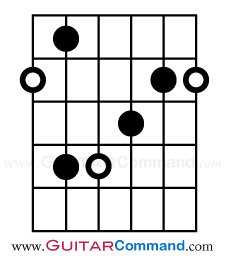
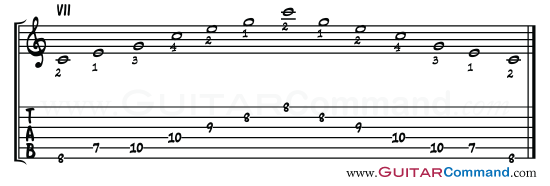
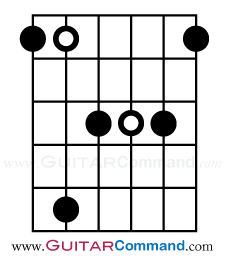
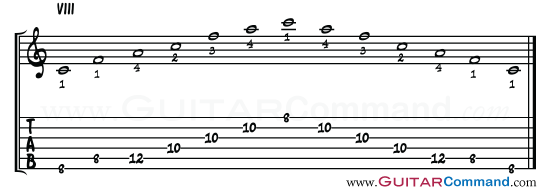



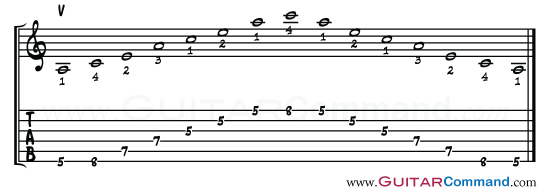

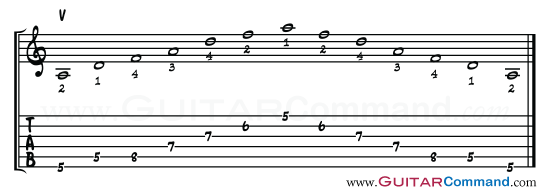

LOVE TO HAVE EVERY ARPEGGIO IN ALL KEYS
Useful information, thank you.
sweep picking arpeggios is the way to go.
I find it surprising the number of guitarists who don’t use arpeggios. I often use the 7ths in my blues playing & it’s part of my style.
Yes, totally agree, and yes, using seventh arpeggios sounds great over the blues!